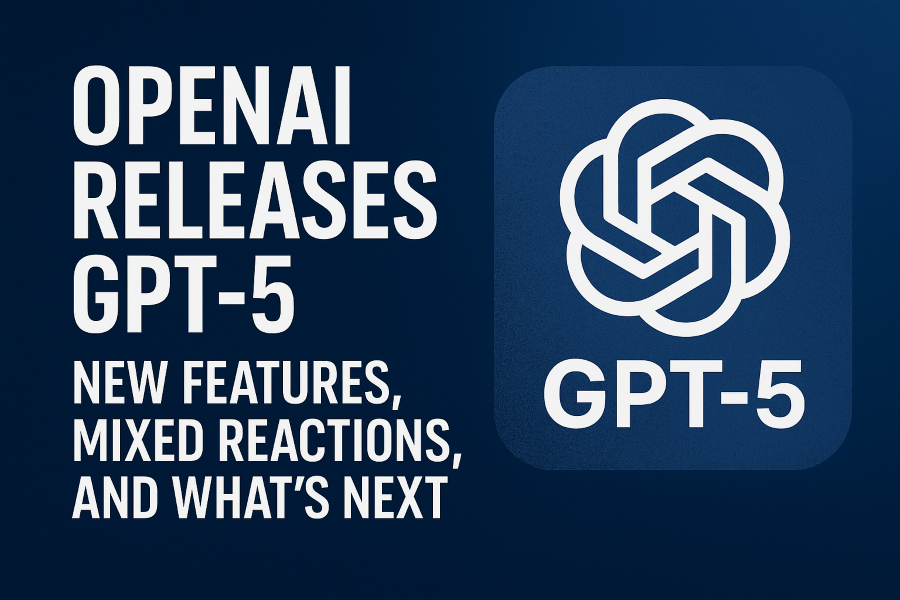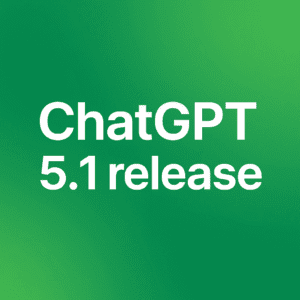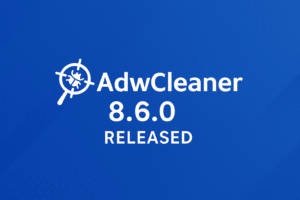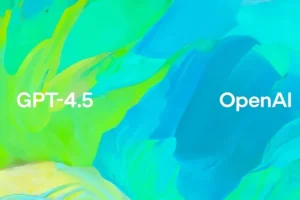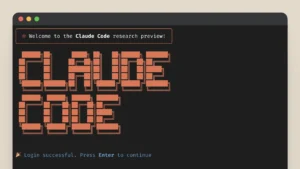GPT-5 Launch: Breakthroughs, Excitement… and a Backlash
When OpenAI officially unveiled GPT-5 this week, it framed the release as its most advanced AI system to date—a leap forward in accuracy, versatility, and safety. According to OpenAI’s own introduction, GPT-5 blends fast, lightweight responses with deep, long-form reasoning when tasks demand it. A real-time router determines how much “thinking” the model should do, balancing speed with depth depending on the context.
From state-of-the-art results in coding, mathematics, multimodal reasoning, and health, to noticeable reductions in hallucinations and a new set of preset personalities—like Cynic, Robot, Listener, and Nerd—GPT-5 was pitched as smarter, faster, and safer. It promises to be a more nuanced writing partner, a capable coding assistant, and a careful but helpful health information source, all while addressing prior issues like excessive agreement and tonal stiffness.
Pro subscribers get access to extended reasoning mode, enabling even more detailed and comprehensive answers, while Plus subscribers benefit from the core improvements. On paper, it looks like a win for just about everyone.
The Unexpected Backlash
But almost immediately after launch, some users began voicing a different perspective: GPT-5 might be “better” on paper, but it doesn’t feel better to everyone.
OpenAI CEO Sam Altman took to X (formerly Twitter) to acknowledge the situation directly. In a candid update, he admitted:
- They underestimated how much users valued certain traits in GPT-4o, even if GPT-5 objectively outperforms it in most benchmarks.
- User opinions are split—some find GPT-5 clearly superior, others prefer GPT-4o’s tone, style, or “personality.”
- Customization is key: different people want different things—more emojis vs. none at all, cold logic vs. warmth, strict efficiency vs. emotional intelligence.
- The GPT-5 rollout will continue, but changes are planned to make it “warmer”—something that could bridge the gap for users who find it too dry or formal.
- Behind the scenes, capacity constraints are looming. With GPT-5 now rolled out to 100% of Pro users and nearly all users overall, demand is pushing system limits.
Why This Matters
This backlash isn’t just about which version is “better.” It’s about user expectations, emotional connection, and the subjective side of AI interaction. Benchmarks and technical gains don’t always capture the subtle “feel” that keeps people coming back.
OpenAI now faces a tricky balancing act:
- Continue delivering technical improvements.
- Avoid alienating users who preferred the quirks and style of older models.
- Invest in personalization features so no single “personality” dominates.
In many ways, this could mark the beginning of a new phase of AI development—one where customizability and user alignment matter as much as raw capability.
Closing Thoughts: The Next Frontier in AI – Personalization
The GPT-5 backlash highlights a growing truth in AI: technical superiority isn’t everything. As models become more powerful, the differentiator may be less about raw IQ and more about EQ—how well the AI’s tone, style, and “personality” align with the individual user’s preferences.
We could soon see AI platforms offering personality sliders, style presets, or even marketplaces for conversational profiles, letting users fine-tune their AI as easily as adjusting an app’s theme. OpenAI’s focus on steerability research suggests that GPT-5 is just the start of this personalization wave.
In the future, the “best” AI won’t be a single model—it will be your model, shaped to talk, think, and respond in a way that feels right to you. GPT-5’s rollout turbulence may be the catalyst that pushes the industry in that direction.

Founder of ToolsLib, Designer, Web and Cybersecurity Expert.
Passionate about software development and crafting elegant, user-friendly designs.
Stay Updated with ToolsLib! 🚀
Join our community to receive the latest cybersecurity tips, software updates, and exclusive insights straight to your inbox!
